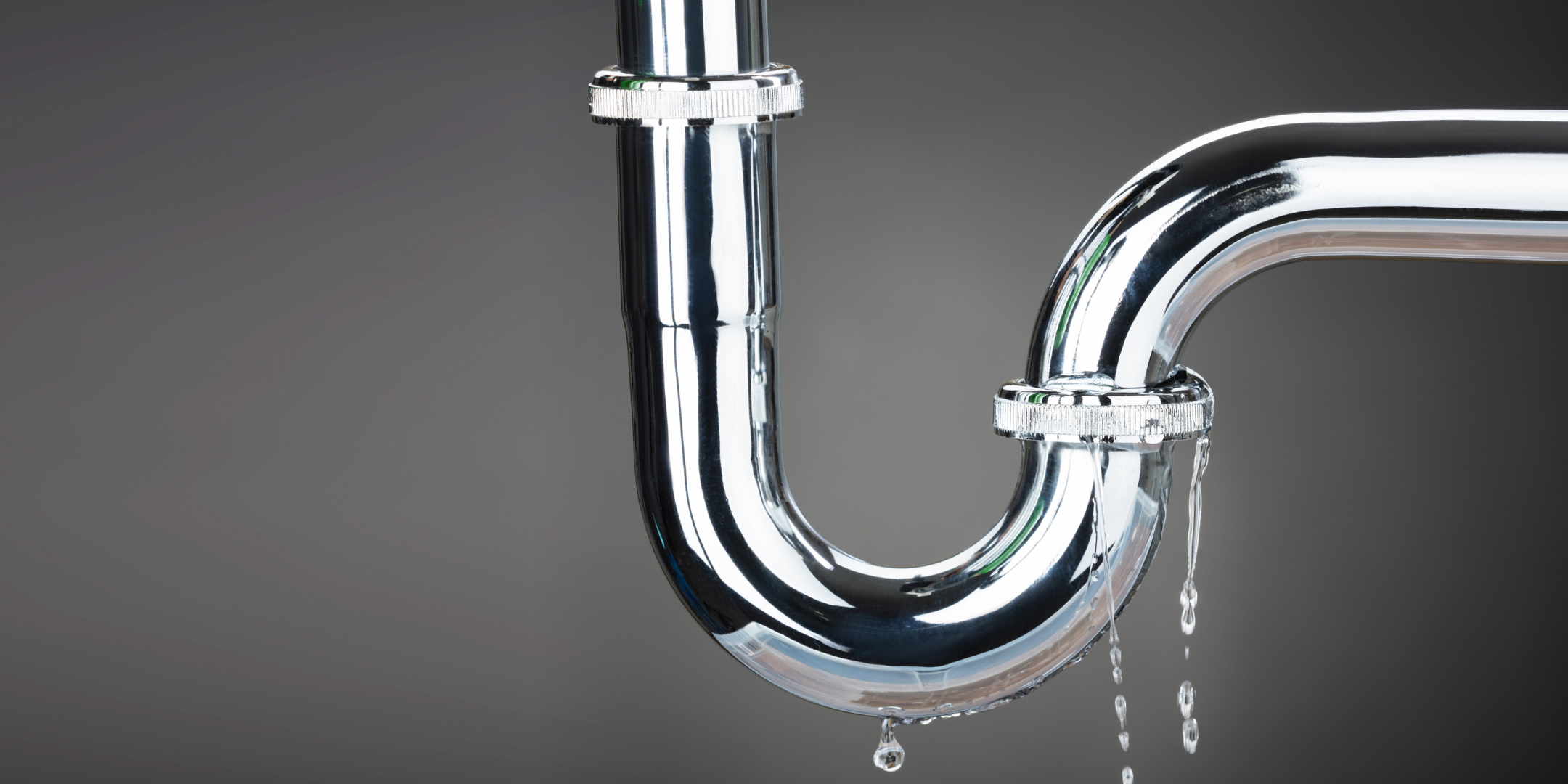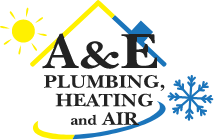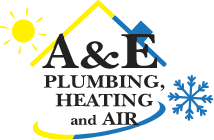Comparing Costs: Traditional Pipe Replacement vs. Pipe Lining for Older Homes
February 11th, 2025
4 min read
By Daphne Hunt

If you own an older home, plumbing issues are bound to surface sooner or later. With over 16 years of experience working with older homes throughout the Columbia River Gorge, we’ve seen firsthand how deteriorating pipes can impact homeowners. When faced with this issue, you typically have two options: traditional pipe replacement or pipe lining.
experience working with older homes throughout the Columbia River Gorge, we’ve seen firsthand how deteriorating pipes can impact homeowners. When faced with this issue, you typically have two options: traditional pipe replacement or pipe lining.
But which one is right for your situation?
By the end of this article, you’ll have a clear understanding of the costs, benefits, and long-term impacts of both methods—so you can make an informed decision that best suits your home and budget.
What is a Traditional Pipe Replacement?
Imagine your plumbing is like a series of tunnels that carry water through your home. When these tunnels break down, replacing them means digging up the old ones and putting in brand-new tunnels. This can be messy, taking a long time because workers might have to dig into walls, floors, or even your yard to reach the pipes.
What is Pipe Lining?
Instead of digging everything up, this method is like putting a strong, flexible straw inside your existing tunnels. A special material is inserted into the pipes, hardens, and creates a brand-new pipe inside the old one. This way, the pipes are fixed without the mess of tearing up your home. It’s faster, less disruptive, and usually more affordable than replacing the whole system.
Cost Breakdown: Pipe Replacement vs. Pipe Lining
1. Upfront Costs
Pipe Replacement: $6,000 - $20,000+ (depending on scope, excavation needs, labor, and type of pipe used)
used)
Pipe Lining: $3,000 - $15,000 (generally lower due to reduced labor and minimal property disruption)
2. Labor and Time Costs
Pipe Replacement: Can take several days to weeks, requiring significant labor and potential disruptions to daily life.
Pipe Lining: Often completed in a day or two, reducing labor costs and inconvenience, allowing homeowners to resume normal activities quickly.
3. Hidden Costs
With Replacement: If walls, floors, or landscaping must be disturbed, you’ll need to budget for repairs, which can add thousands of dollars to the total cost.
With Lining: Minimal to no additional costs for property restoration, making it a more cost-effective solution for many homeowners.
4. Long-Term Costs and Maintenance
Pipe Replacement: Brand-new pipes typically last 50-100 years, requiring little maintenance once installed properly.
Pipe Lining: Can extend the life of existing pipes by 50+ years, but periodic inspections may be recommended to ensure longevity.
Signs Your Old Home’s Plumbing Needs Immediate Attention
Older homes often come with hidden plumbing issues that can lead to costly repairs if not addressed in time. Here are key warning signs that your home's plumbing system needs immediate attention:
- Discolored or Rust-Colored Water – If your tap water has a brownish or red tint, it could be due to corrosion inside your old pipes, leading to contamination.

- Frequent Leaks or Water Damage – Aging pipes become brittle and prone to cracks, which can cause hidden leaks behind walls or under floors.
- Persistent Drain Clogs and Slow Flow – Older homes may have pipes clogged with mineral deposits, debris, or even invasive tree roots, leading to repeated blockages.
- Unusual Noises in Pipes – Banging, gurgling, or whistling sounds when running water could signal air pockets, pressure imbalances, or pipe deterioration.
- Low or Inconsistent Water Pressure – Mineral buildup and internal corrosion can restrict water flow, resulting in frustratingly weak pressure at faucets and showers.
Ignoring these signs can lead to extensive water damage, expensive restoration, and health risks from contaminated water. Regular inspections and timely repairs will help preserve your home's plumbing integrity.
Which One Is Right for You?
Deciding between pipe replacement and pipe lining depends on the condition of your home’s plumbing and your renovation goals.
If your pipes are completely deteriorated, frequently leaking, or made of hazardous materials such as lead, a full replacement is the best long-term solution. It provides brand-new, durable plumbing that will last for decades but requires a more invasive process that may involve restoring walls, floors, or landscaping.
On the other hand, if your pipes are still structurally sound but show signs of corrosion or cracking, pipe lining may be a better option. This method is:
- Faster and less invasive
- More cost-effective
- Extends the lifespan of your existing pipes by over 50 years without requiring major construction work
For older homes, preserving original architecture is often a priority. Pipe lining can help maintain historical features while reinforcing plumbing, whereas full replacement may be necessary for homes with hazardous piping materials or those undergoing extensive renovations.
However, neither option is perfect for everyone:
Pipe replacement may not be ideal for homeowners looking for a quick, budget-friendly fix, as it involves extensive labor and longer downtime.
Pipe lining is not suitable for homes with pipes that are too damaged or collapsed to support a liner, nor for older plumbing systems made of materials that should be fully replaced for safety reasons.
By considering these factors, you can determine the best approach to restoring your home's plumbing while balancing cost, longevity, and structural integrity.
Making the Right Investment
Older homes come with unique plumbing challenges, and taking action before problems escalate is key to avoiding costly repairs. Understanding the differences between pipe replacement and pipe lining gives you the tools to make an informed decision that best suits your home’s needs and long-term durability.
avoiding costly repairs. Understanding the differences between pipe replacement and pipe lining gives you the tools to make an informed decision that best suits your home’s needs and long-term durability.
If your plumbing system is showing signs of deterioration, addressing the issue now can save you from expensive water damage and future disruptions. Whether you need a full pipe replacement or a minimally invasive pipe lining solution, professional guidance can ensure you make the best investment for your home.
Our team has over 16 years of experience working with older homes and understands the complexities of maintaining their structural integrity while upgrading essential systems. We offer personalized recommendations based on thorough inspections, helping homeowners choose the most effective and cost-conscious solutions.
If you’re considering pipe lining as an alternative to replacement, choosing the right material is key to a long-lasting repair. From epoxy resin to fiberglass-reinforced liners, each option offers unique benefits like corrosion resistance and flexibility for older homes. Learn about the top trenchless pipelining materials to ensure your plumbing gets the best possible solution.
Daphne Hunt holds a bachelor's degree in English and Mass Communication and has a lifelong passion for writing. She thrives on using her skills to craft compelling pieces that inform, inspire, and connect with readers.
Topics:



